Which targeting strategy should you be using in a post iOS14 world?
It’s no secret that Facebook has relied on huge amounts of data to make its ad targeting so effective.
But Facebook ads are changing and many advertisers on Facebook are seeing less success after the iOS14 updates.
Don’t let your head spinning around all these changes keep you from getting out there and using Facebook’s targeting.
Both Interest Targeting and Lookalike Audiences still have their moments where they work best.
If you’re just getting started with Facebook ads or trying to keep up with all the things that are happening, knowing which one to use and when is really valuable knowledge to have.
So let’s jump right into it.
Table of Contents
Interest Targeting vs. Lookalike Audiences If You’re Just Getting Started
Facebook’s Interest targeting is a way to reach people who have shown interest in your industry before, for example, engaging with one of your competitors.
There are literally tens of thousands of options to target people based on pages they liked, topics they engage with, life events they have had, etc.
Another popular targeting option on Facebook is Lookalike audiences.
Lookalike audiences are basically a way to give Facebook a set of data (like people who are already customers of your business) and say, “Hey Facebook, go find me more people exactly like this.”
Then Facebook will go out and find individuals who share similar traits with the original set of data you provided.
At a high level, we’re seeing interest targeting working better this year (in 2021) than they were before.
I would attribute this to the loss of data Facebook experienced during the iOS14 updates to be able to create quality Lookalike audiences (I dive more into this in a bit).
Here’s the thing, if you’re just getting started with a new campaign and you don’t have any data, you have to start with interest targeting anyway.
That means you need to find people who have shown interest on pages and topics related to your niche to define your ad targeting audience – and interest targeting is a great way to do that.
You can also use a third-party tool called Interest Explorer which uses Facebook’s API to pull thousands of targetable but hidden interests.
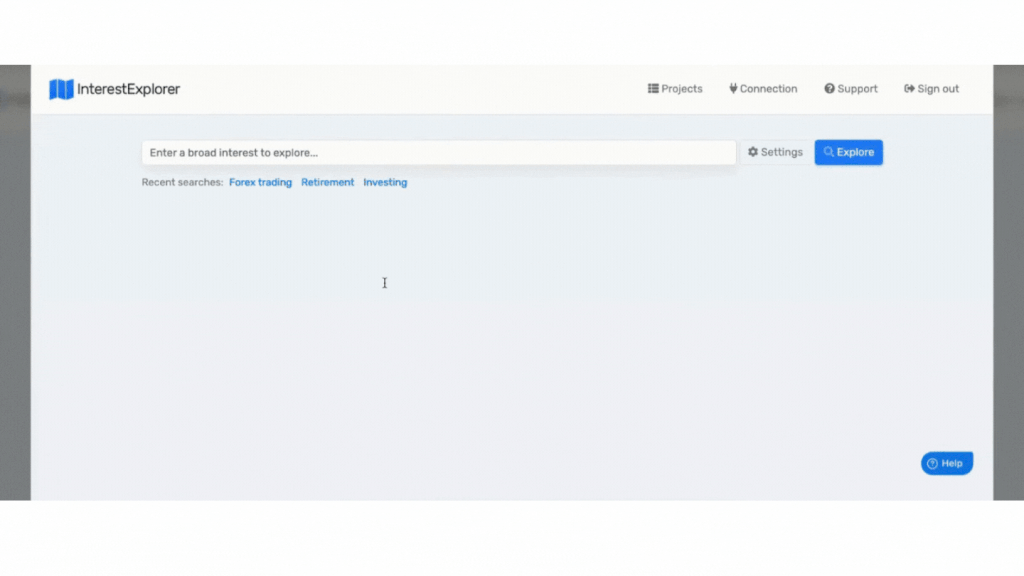
We’ve found this to be the best way to create extensive lists of interests that we’re looking for to start grouping and clustering them together based on the relation and size we want.
It’s important to find a balance in the audience size because a couple of thousand people will be too small but 50 million people will be too big.
Bigger audiences are working better overall but not excessively big.
Single Interest Targeting
A significant shift we’ve seen is that Single Interest targeting is not working as well anymore (which is one interest per ad set).
We used to test single interests to figure out which ones were working best and then once we found winners we would put all of those into one big ad set, or keep them broken out depending on the campaign and our goals.
However, now that Facebook is requiring everyone to have the “expanded interest box checked” it’s a lot harder to make sense of that data.
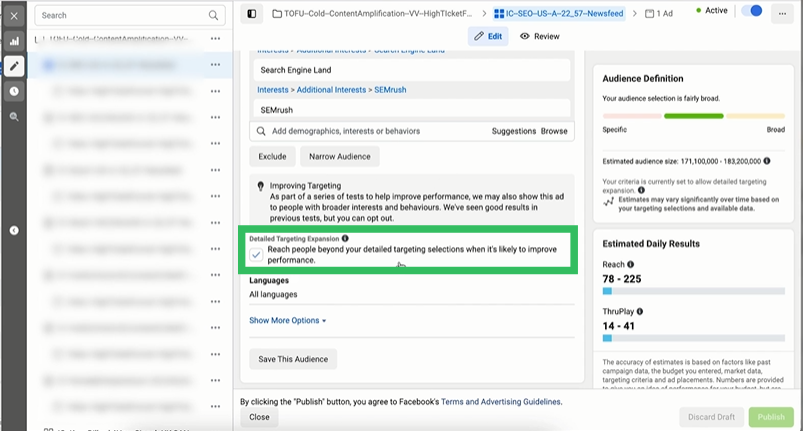
That little box means Facebook is using your interest targeting as a guide on where they’re going to start and then they will expand on that if they think it will increase conversions.
Targeting single interest ad groups doesn’t make as much sense anymore because the original goal was “let’s figure out which one of these converts best and let’s target only those people.”
But now it’s very difficult to do that because Facebook automatically expands your audiences anyway.
So what does work for interest targeting now?
Interest Stacking

Interest Stacking is an option that is still working really well on Facebook.
“Stacking” interests means you add multiple interests into the Detailed Targeting field in Facebook Ads Manager.
The audiences are added together so you’ll end up with a larger audience when stacking interests – which is something we see working well right now.
A good way to stack interests is to test “categories” of interests separately.
Once you find out what categories perform best, you can narrow it down to find interests that get the best results.
For example, using “categories” as a way to create the targeting for an ad set you might add 3 – 6 big influencers in your niche.
Or maybe one “category” would be testing a few popular CRMs your audience might use.
The number of interests you use will depend on the audience size of each one. But what we’re seeing is a few mid-sized related audiences are working well.
Interest Layering
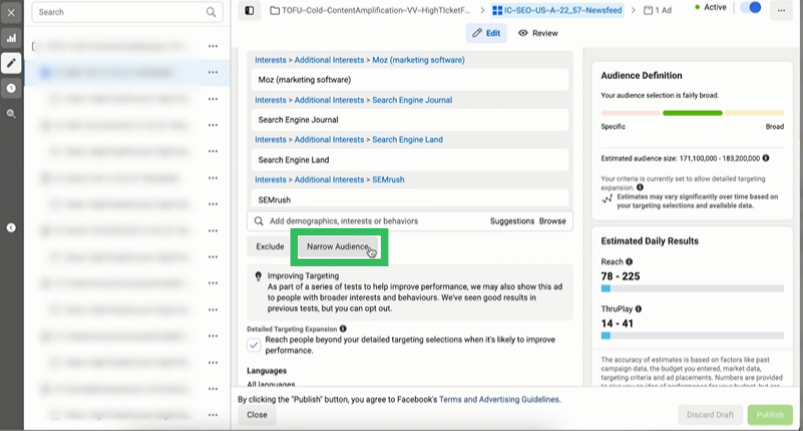
The other way you can use Interest targeting is with the layered audience option.
Using Interest Layering pushes Facebook to show your ad campaigns to the most relevant people within your target audience by adding multiple interests to one ad set by just targeting the overlap between interests.
Everyone has many interests, and the combination of interests (the interest profile) helps define and separate out your perfect customer.
It basically forces Facebook to show your ads to only more specific segments within your target audience.
Keep in mind that we’re definitely seeing that bigger audiences are working better. So we don’t want to layer down to too small of an audience.
If you’re doing Interest Layering make sure that you have some related interest on one targeting or some related interest on the other targeting and both of those are large so there’s enough overlap so that Facebook can go and do its thing.
How To Use Lookalike Audiences Post iOS14
Switching gears to Lookalike audiences – It’s been a tough year for this targeting since the iOS14 changes.
The biggest problem for Lookalike audiences is that Facebook gets data from their conversion pixel.
Some of the best performing Lookalike audiences were made from people who have performed a specific action on a website.
Facebook would track that action and then go find you more people like that ideal person.
But after iOS14, Facebook isn’t getting as much conversion data anymore, the pixel isn’t able to collect as much, so Lookalike audiences seem to be suffering.
Lookalike effectiveness going forward really depends on how well you can create the source audiences for Facebook to model from.
Intent Based / Email Based Audiences
What we’ve found to be working well is Email Based Audiences built on your own customer lists.
People who become leads and customers are great places to create source audiences from.
For example, if you have a list of people who have bought from you in the past, you can upload that list to Facebook and use the Lookalike audience to tell Facebook to go out and find other people with similar traits to those buyers.
The same goes with uploading a customer email list.
Then the people in your Lookalike audience are very likely going to be great people to advertise to and can improve your overall ad performance.
A big advantage to uploading these types of customer lists is that if your business has been around for a while, you can upload years’ worth of buyers into Facebook – with Pixel data you can only go 180 days into the past.
With Lookalike audiences you can upload as much data as you want. So the bigger the data set you can give Facebook to create your Lookalike audience the better.
You can automate this process with tools like ActiveCampaign or Hyros tracking tool (both tools we recommend) so anytime someone becomes a lead or a customer they just get automatically added to that Facebook audience and it’s constantly refreshing.
Final Thoughts
Despite all the changes that iOS 14 has brought to Facebook’s targeting there are still great ways to increase your ad performance and reach the right audience for your business.
The most important thing to keep in mind is that you have to be flexible and continue testing to get the data Facebook needs to get you results.

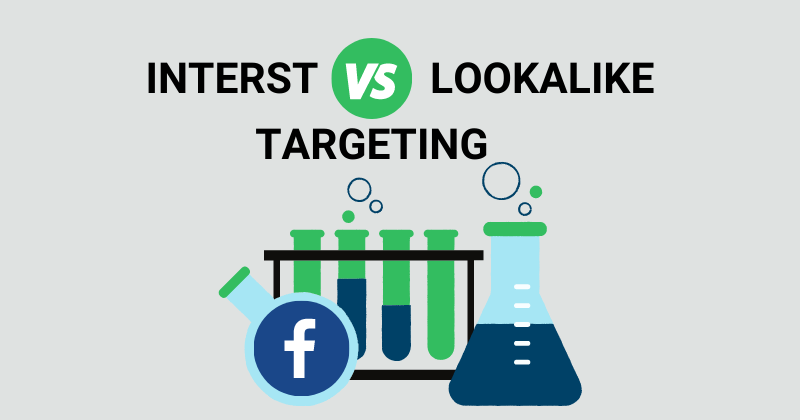
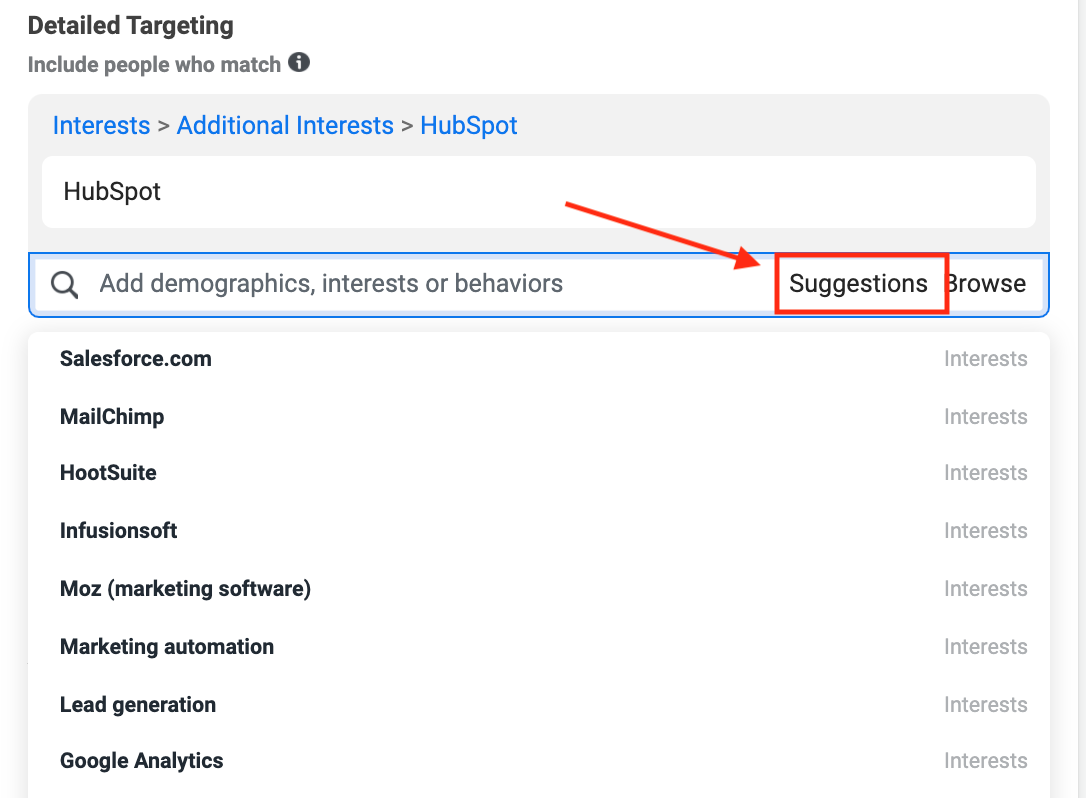
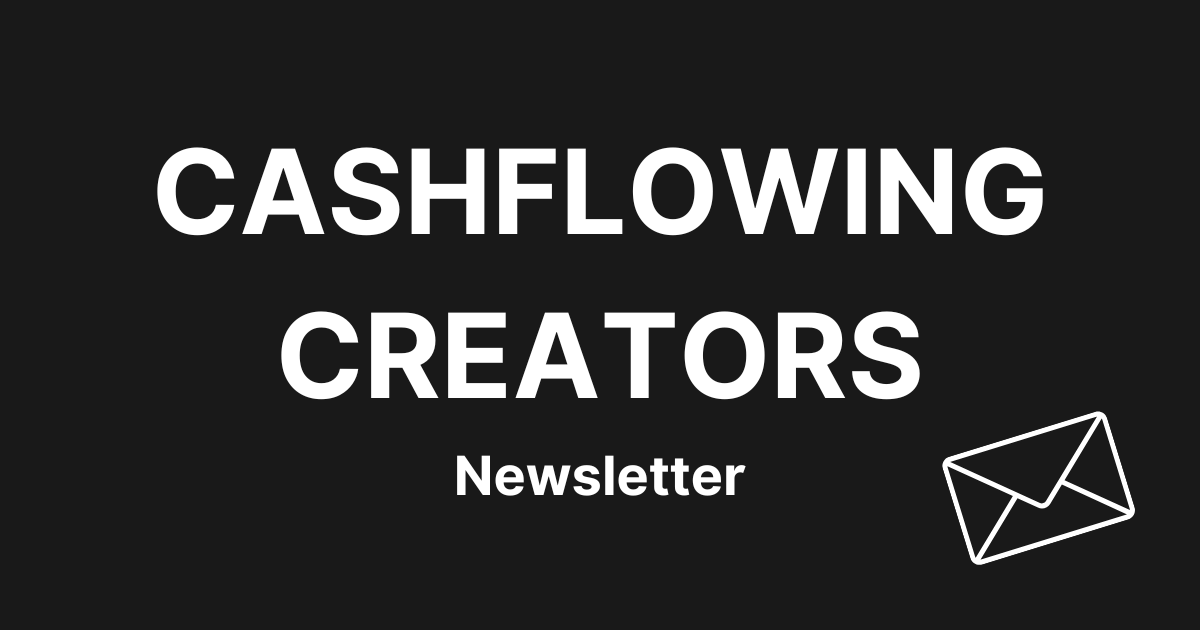
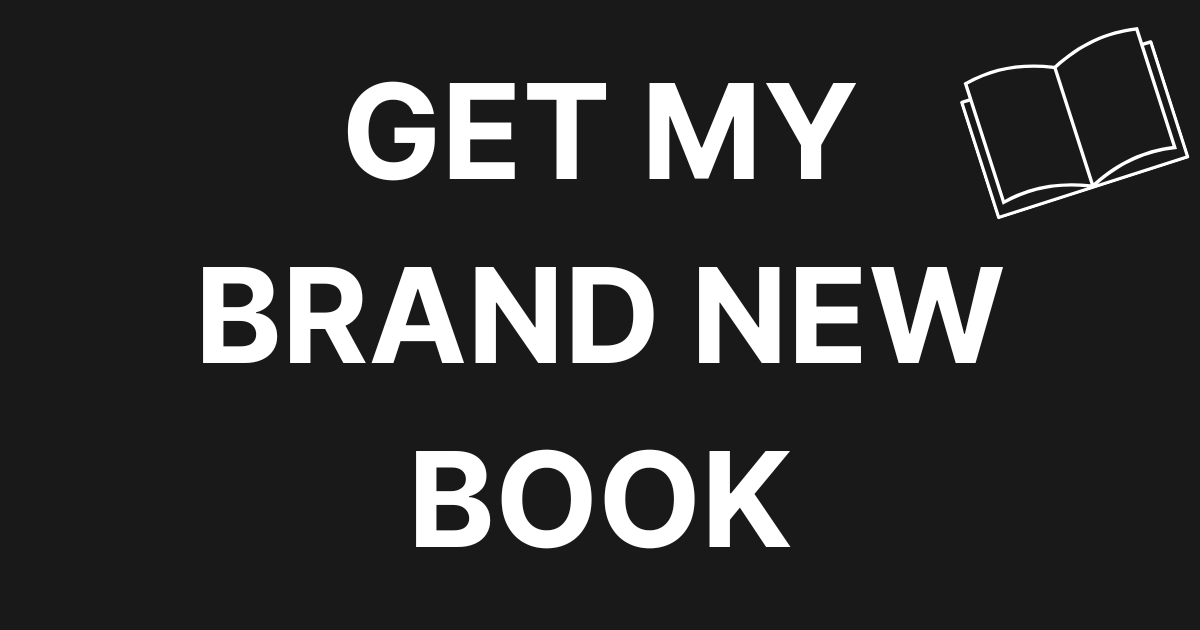
0 Comments